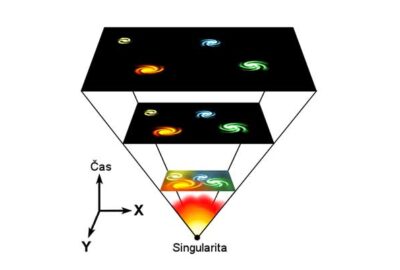Solar panels are becoming increasingly popular as an alternative source of energy, as they are a clean, renewable and cost-effective way of generating electricity. Solar panels work by harnessing the energy of the sun and converting it into electrical energy. They are made up of photovoltaic cells, which absorb the energy from the sun and convert it into electricity.
The panels are then connected to an inverter, which converts the direct current (DC) into alternating current (AC), which can be used to power homes, businesses and other devices.
Environmentally Friendly Solution
Solar panels are ideal for use in remote areas where there is no access to the grid or for those who want to reduce their dependence on traditional energy sources. They are also an environmentally friendly solution, as they do not emit any greenhouse gases and have a much smaller carbon footprint compared to traditional energy sources. In addition, solar panels are long-lasting and require minimal maintenance, making them a cost-effective solution over the long-term.
Solar Panels is Dependent on Sunlight
However, the efficiency of solar panels is dependent on the amount of sunlight they receive, which can vary depending on location and weather conditions. For this reason, it is important to have a system in place that can store excess energy generated during sunny periods, to ensure that there is a consistent supply of energy.



